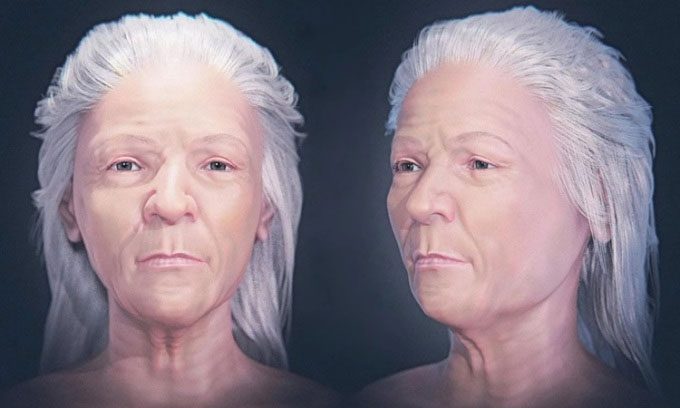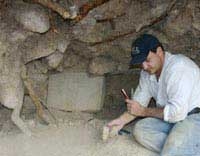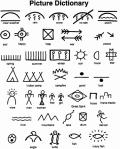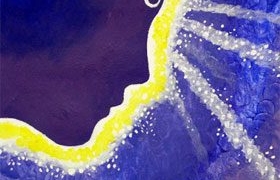A 16th-century “vampire” buried with a brick in her mouth has been reconstructed thanks to the research of a facial reconstruction expert.
Located in a mass grave for plague victims, the woman, who died long ago, was suspected of spreading the disease through bloodsucking, thus necessitating the prevention of her alleged crimes, IFL Science reported on March 22. The remains of this woman were first discovered in 2006 during an excavation at a cemetery on Lazzaretto Nuovo Island in the Venetian lagoon. Once a quarantine station for plague patients, the island became the final resting place for a large number of individuals who perished during the outbreak in 1576.

Portrait of the woman suspected to be a vampire in the mass grave in Italy. (Photo: Cicero Moraes).
This period in European history saw a surge in vampire hunting as villagers began to seek out those they believed were responsible for the rampant disease across the continent. The vampire hypothesis spread as Italian grave diggers frequently encountered decaying bodies when reopening mass graves to inter additional deceased individuals.
Decaying corpses often exhibited bloating, with bodily fluids oozing from the nose and mouth, leading to speculation that they were sucking blood from those buried alongside them. In some cases, the shrouds covering the faces of the dead had deteriorated, convincing many that vampires absorbed power by consuming this layer of fabric.
After analyzing the female remains in 2010, researchers concluded that the burial was intentional, as the grave diggers believed she was “feeding” on the shroud on her face. Thus, placing a hard brick in her mouth could prevent her from spreading the plague by biting other victims.
Further analysis of the skeleton indicated that the woman was in her sixties at the time of death and primarily consumed crops and grains, revealing her low social status. Although this information did not clarify why she was labeled a vampire, subsequent studies helped debunk the theory that the brick was accidentally placed in the deceased’s mouth.
To reconstruct the woman’s face, 3D designer and forensic expert Cicero Moraes initially sketched images of the front and back of the skull, as well as the dental arch, using measurements and projections of the skull. The digital model was then fleshed out by adjusting CT scans of a modern human face to fit the ancient skull.
While the woman’s face had previously been reconstructed by archaeologists analyzing her remains in 2009, that research team noted they did not share data with Moraes. Therefore, the new facial simulation was based on publicly available images of the skeleton and may be less accurate than the original reconstruction.
Moraes created a replica of the brick using Styrofoam and conducted a series of experiments to determine whether the object had been placed in the woman’s mouth after death. The results indicated that the brick was positioned in the oral cavity without causing damage to the teeth or soft tissues. Moraes and his collaborators published their findings in the journal OrtogOnline.





















































